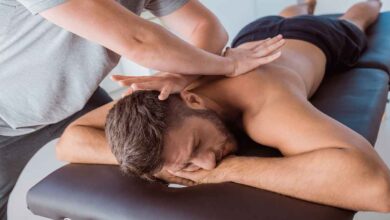The Science Of Recoil: Understanding The Physics Behind Shotgun Kick
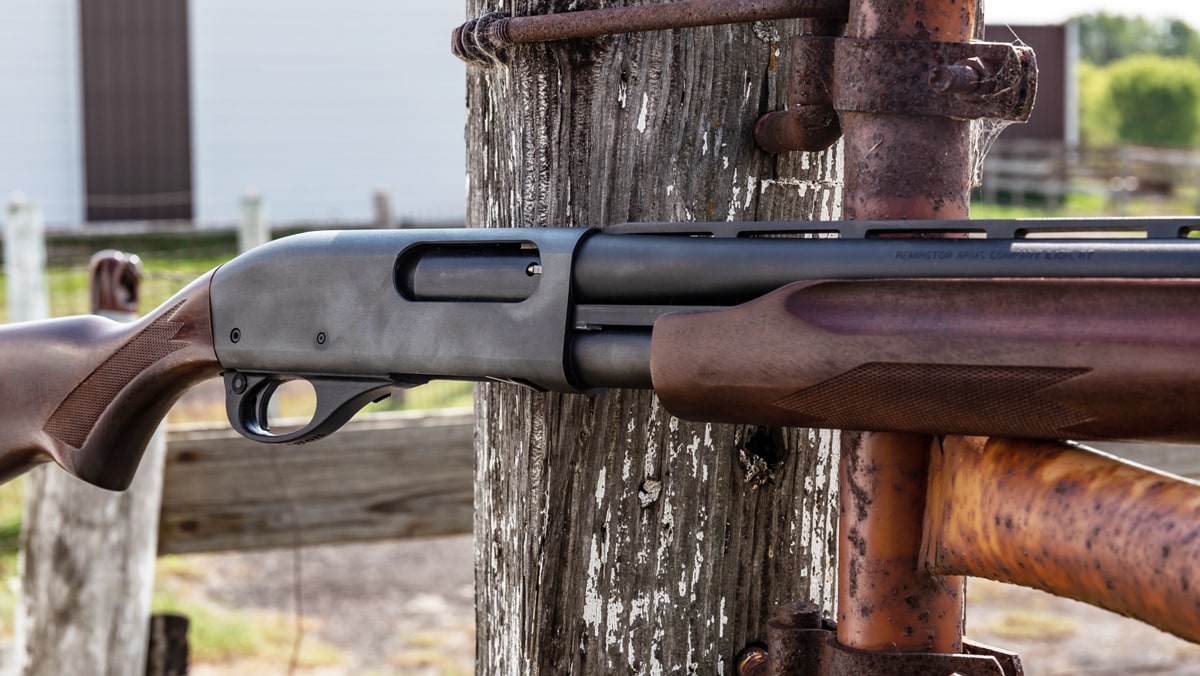
A shotgun is a versatile firearm designed to be fired from the shoulder. It is used for a variety of purposes, including hunting, sport shooting, recreation, and self-defense. It has smooth-bore barrels, meaning the inside of the barrel is smooth and does not have grooves.
Shotguns offer a unique shooting experience, and their sound can add to the excitement. However, they are powerful firearms and require proper training for handling. It is essential to follow all safety rules and regulations while using them.
At times, while shooting, strong recoil can be felt. So, using a shotgun recoil pad is a simple and effective way to reduce it, increase accuracy, and protect the firearm from damage. It should be bought from trustworthy manufacturers.
Understanding Shotgun Kick
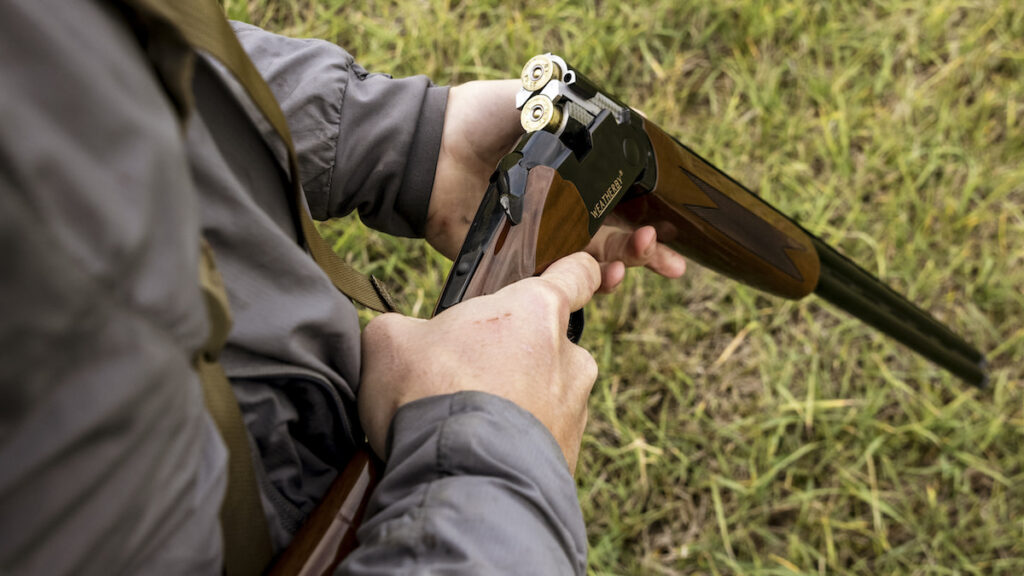
You would have seen in the movies or shooting competitions that the shooter feels a backward jolt or a kick while firing a shotgun. This is caused due to the backward movement when it is fired. In technical terms, this backward movement is known as recoil. Read on to understand why it occurs.
To fire a shotgun, it needs to be loaded with ammunition. Commonly, ammunition consists of a plastic or paper shell containing a shot, slug, or a combination of both.
When a shotgun is fired, the gunpowder in the shell ignites, creating a high-pressure explosion that propels the shot or a slug out of the barrel at high velocity. According to Newton’s third law of motion, every action has an equal and opposite reaction. This means that when a shot or slug is propelling out of the gun at high speed, an equal and opposite force is applied back to the gun and the shooter. This backward force acts on the shotgun and the shooter recoils.
Factors Impacting The Recoil
Recoil is an important shooting factor and affects accuracy, control, and comfort. With what force it kicks, the shooter depends on several factors. Some of the common factors impacting the magnitude of the recoil are:
Weight Of The Shotgun
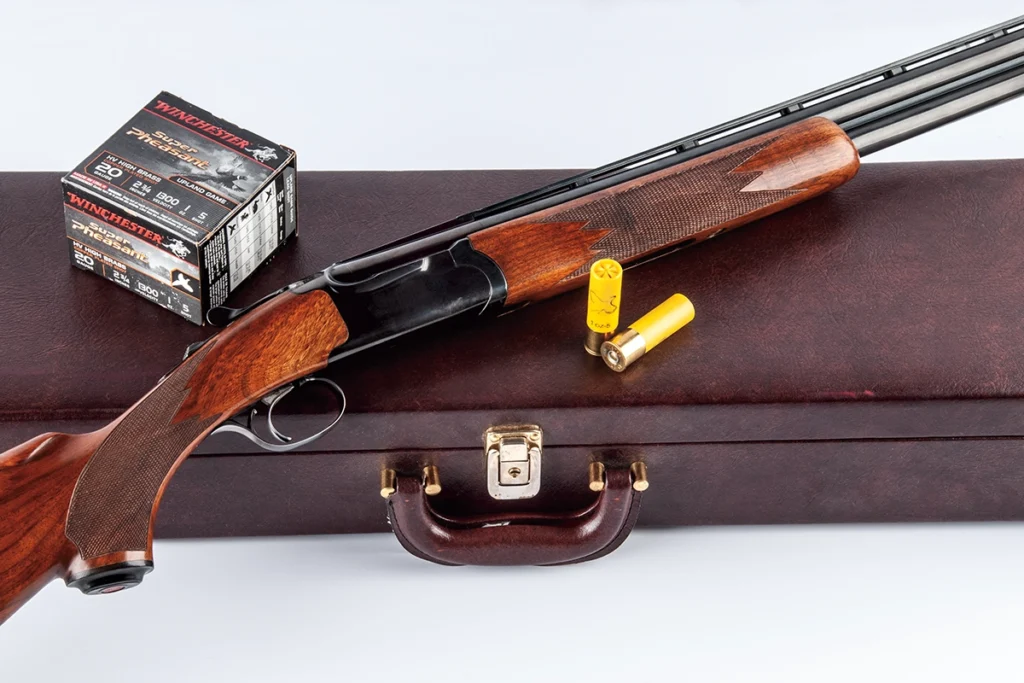
The heavier the shotgun, the less recoil it will produce, as its weight will absorb some of the energy produced by the shot.
Weight And Velocity Of The Shot Or Slug
More weight or a higher velocity of the shot or slug will result in a greater recoil force.
Amount Of Gunpowder In The Shell
More gunpowder means more kick. This is because the ignition of gunpowder creates a rapidly expanding gas. This gas propels the shot out of the barrel of the shotgun. At the same time, the force of the expanding gas creates an equal and opposite force, producing the kick.
Design Of The Shotgun

The design of the shotgun can also impact the kick. This includes the length and thickness of the barrel and recoil-absorbing features.
Shooter’s Posture And technique
How the shooter holds and fires the shotgun can also impact the amount of kick felt. Proper shooting technique and stance can help manage and reduce the kick felt by the shooter. If the shooter is not properly prepared for the kick, it can cause them to lose their balance and even fall backwards. Thereby, it is advised to use proper shooting technique and stance and practice good balance and weight distribution.
Based on the abovementioned factors, recoil is produced and felt by shooters. As you have now understood, stronger recoil can have more impact, so it is better to reduce it. It can cause the shooter to flinch, leading to inaccurate shots. Flinching involves a rapid, jerky movement of the body. It is an abrupt body movement and can lead to inaccurate shots. If the felt kick is reduced, shooters can maintain better gun control and improve accuracy.
How To Reduce The Effects Of Recoil
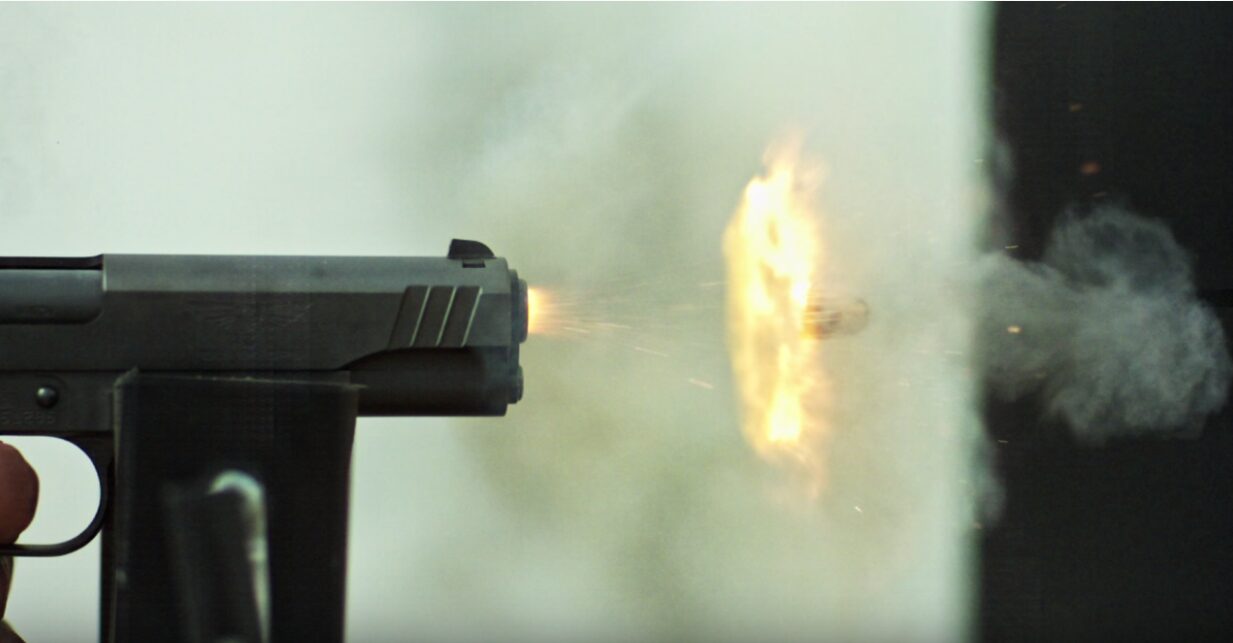
Recoil Pads
To reduce the effects of recoil, manufacturers install recoil pads. It is a cushioned pad that is added to the butt of the shotgun to help absorb some of the kick produced when fired. It lessens the felt recoil while firing by compressing and distributing the force over a larger area.
The pad is made of a soft and shock-absorbing material, like rubber, gel, or foam. It serves as a buffer between the shooter’s shoulder and the shotgun’s hard surface.
At times, shooters struggle with the punishing effects of a backward kick, so having a recoil pad reduces the risk of injury or discomfort. This makes the shooting experience more comfortable and allows the shooter to maintain better accuracy and control over the gun.
If a shotgun does not have a pre-installed pad, it can be purchased separately and installed on the buttstock. It is available in different shapes, sizes, and materials and can even be customized to fit a specific shotgun.
Gas-operated Systems
You have read above that while firing, the ignition of gunpowder produces gasses. The recoil can be reduced if some of these gasses can be prevented from going backward. Instead, these gasses are used for a different purpose, making shotguns quicker and smoother.
Gas-operated systems are commonly found in semi-automatic shotguns, where the gasses are used to eject the spent shell case and load a new shell. They avoid bruising and keep the gun more stable without ever losing line of sight.
Shock Absorbers
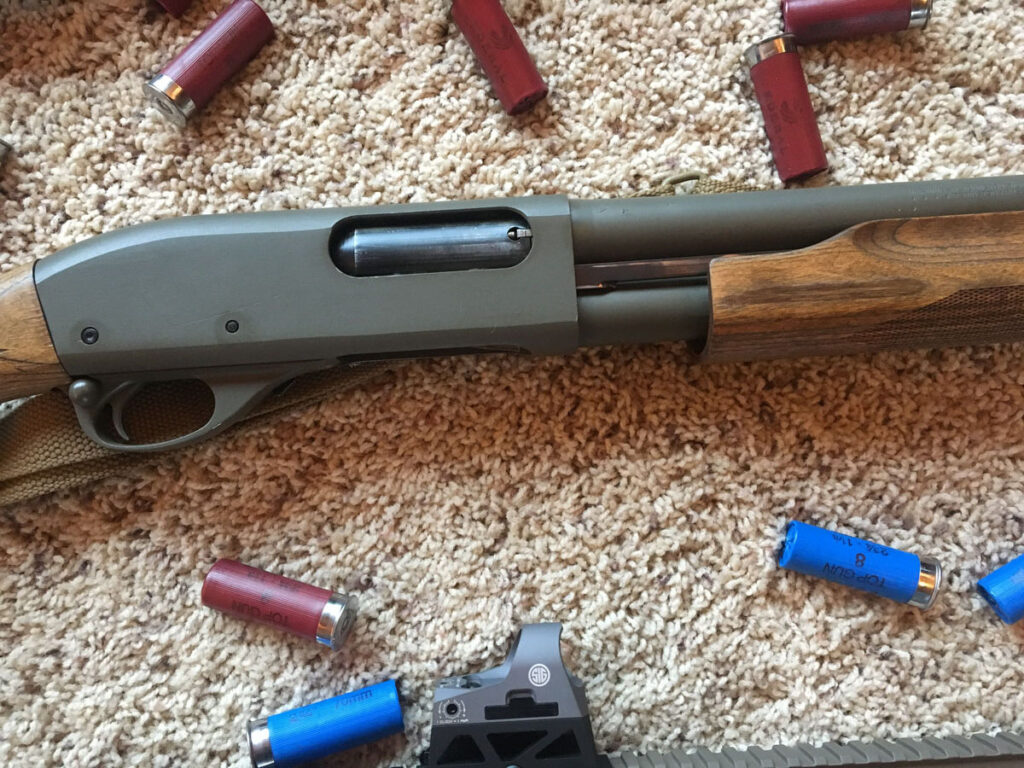
The basic idea behind shock absorbers is that they can reduce the felt kick by absorbing some of the energy produced when the shotgun is fired. In spring-based shock absorbers, a spring system absorbs some of the recoils. The spring is compressed when the gun fires, slowly releasing its stored energy. This helps in decreasing the peak recoil force felt by the shooter.
There are hydraulic and pneumatic shock absorbers also with advanced technology.
Conclusion
Shotgun kick, technically referred to as recoil, is the backward force a shotgun produces when fired. Shotguns can produce significant amounts of recoil, making shooting uncomfortable and affecting accuracy and control. So, you must understand the science behind recoil and use methods suitable for reducing it.




